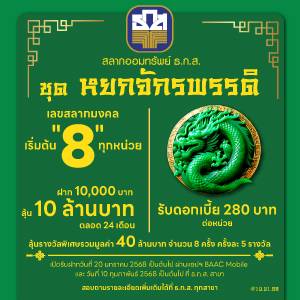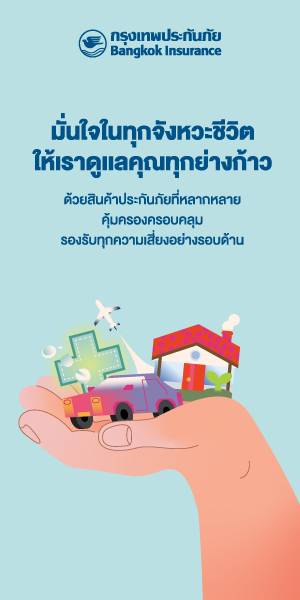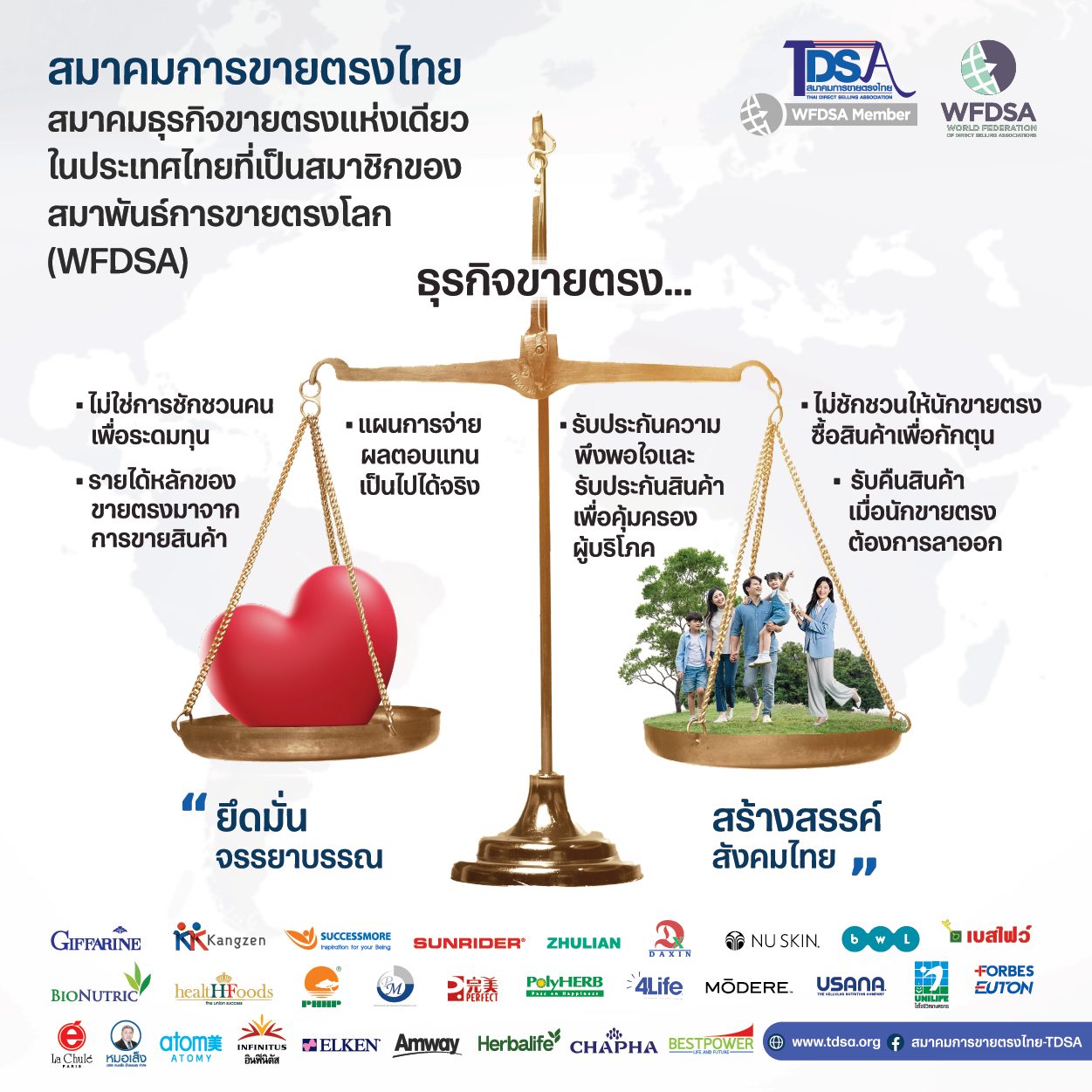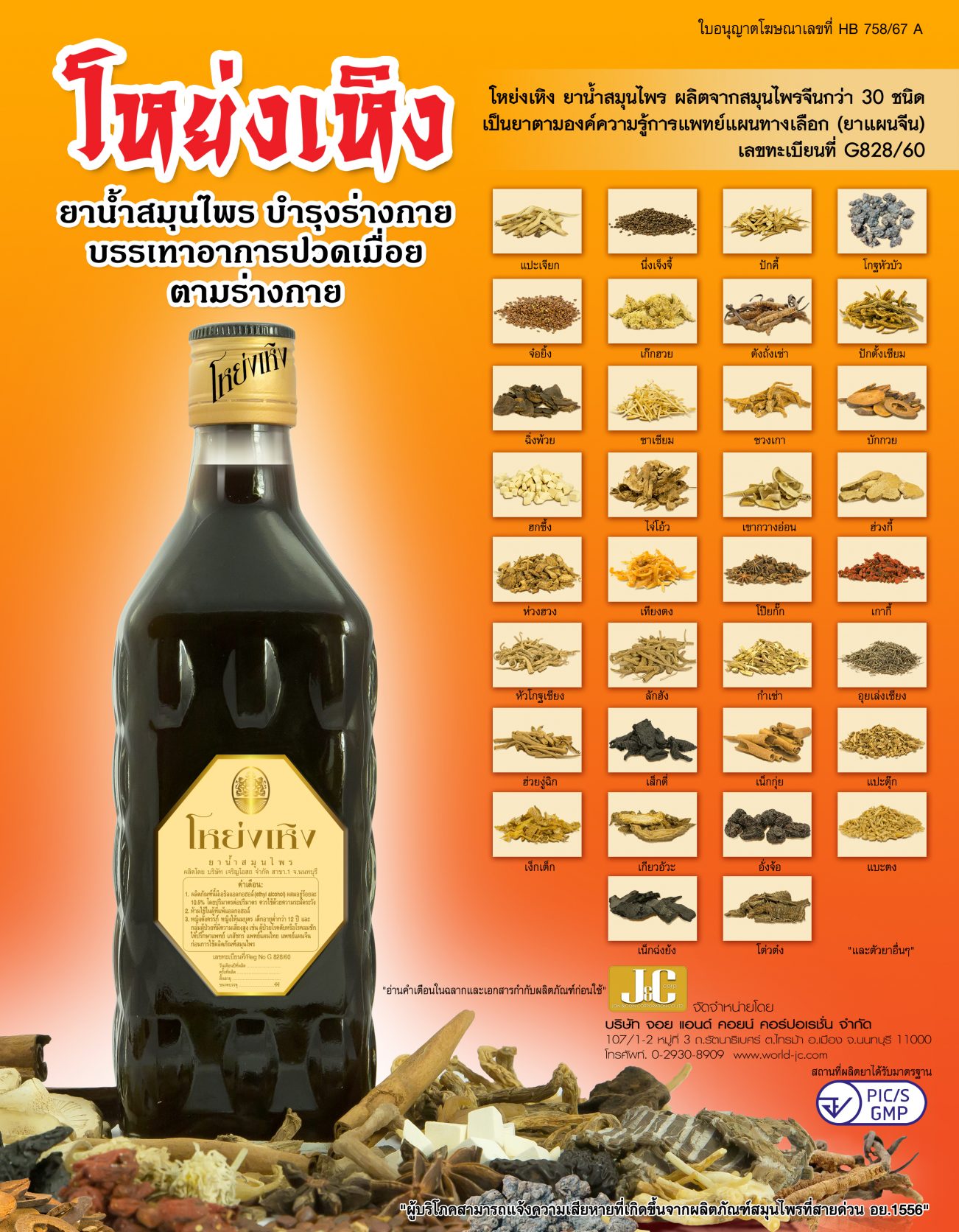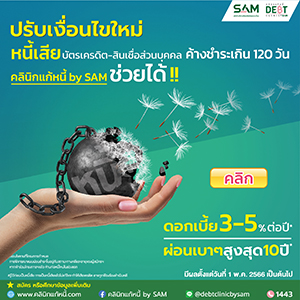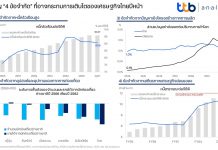แนวโน้มเศรษฐกิจโลกและไทยกลับมามีความไม่แน่นอนเพิ่มขึ้นอีกครั้ง หลังเริ่มปรากฏการระบาดของไวรัสสายพันธุ์โอมิครอน (Omicron) ซึ่งในปัจจุบัน ยังไม่มีข้อมูลที่แน่ชัดเกี่ยวกับอัตราการแพร่เชื้อและประสิทธิภาพของวัคซีนที่ใช้อยู่ อย่างไรก็ตาม การที่หลายประเทศเริ่มคุมเข้มด้านการเดินทาง ก็อาจทำให้แนวโน้มการฟื้นตัวของเศรษฐกิจไทยในปี 2565 โดยเฉพาะในไตรมาสแรกได้รับผลกระทบ

นางสาวณัฐพร ตรีรัตน์ศิริกุล รองกรรมการผู้จัดการ บริษัท ศูนย์วิจัยกสิกรไทย จำกัด มองว่า ภายใต้มาตรการการเดินทางและสุขอนามัยต่างๆ ที่คุมเข้มมากขึ้นในหลายประเทศ รวมถึงการปิดประเทศ สะท้อนให้เห็นว่าทั่วโลกมีความกังวลต่อความรุนแรงของไวรัสสายพันธุ์ใหม่ แม้จะยังไม่มีผลการศึกษาที่แน่ชัด ทั้งนี้ ในการประเมินผลกระทบต่อเศรษฐกิจไทยจากการแพร่ระบาดของไวรัสโอมิครอน จะขึ้นอยู่กับอัตราการแพร่เชื้อ ประสิทธิภาพของวัคซีน และความรุนแรงของโรค ซึ่งศูนย์วิจัยกสิกรไทย แบ่งออกเป็น 2 กรณี ภายใต้สมมติฐานที่การแพร่ะบาดของสายพันธุ์โอมิครอน จะบรรเทาลงในปลายไตรมาสที่ 1 ปี 2565 นอกจากนี้ รัฐบาลไทยคาดว่าจะไม่มีการกู้เงินนอกงบประมาณเพิ่มเติม โดยให้ใช้วงเงิน 2.6 แสนล้านบาทที่คงเหลือจาก พ.ร.ก.กู้เงิน 5 แสนล้านบาท
ในกรณีดีนั้น แม้ไวรัสจะแพร่ระบาดอย่างรวดเร็ว แต่หากความรุนแรงน้อยกว่าสายพันธุ์ Delta และวัคซีนที่ใช้ในปัจจุบันสามารถลดหรือจำกัดระดับความรุนแรงของอาการป่วยได้ ไทยก็อาจไม่จำเป็นต้องมีการล็อกดาวน์ ดังนั้น เศรษฐกิจทั้งปี 2565 ก็ยังน่าจะสามารถฟื้นตัวได้ที่ 3.7% โดยเศรษฐกิจไทยยังจะได้รับแรงหนุนจากการส่งออก การฟื้นตัวของการใช้จ่ายครัวเรือน รวมถึงการท่องเที่ยวในช่วงปลายปี ซึ่งภายใต้กรณีนี้แรงกดดันจากเงินเฟ้อยังเป็นความเสี่ยงต่อเศรษฐกิจ อย่างไรก็ดี ในกรณีแย่ที่สายพันธุ์โอมิครอน มีความรุนแรงเทียบเท่ากับสายพันธุ์เดลต้า และประสิทธิภาพของวัคซีนที่ใช้อยู่ในปัจจุบันลดลงอย่างมาก ส่งผลต่อความจำเป็นต้องมีการนำมาตรการควบคุมการแพร่ระบาดในประเทศมาใช้ อาทิ ปิดประเทศ รวมถึงมาตรการล็อกดาวน์ในประเทศตามระดับความเสี่ยงของแต่ละพื้นที่ ซึ่งจะทำให้การขยายตัวของเศรษฐกิจไทยในปี 2565 ลดลงมาอยู่ที่ประมาณ 2.8% อย่างไรก็ตาม ภายใต้สมมติฐานในกรณีแย่ สถานการณ์การแพร่ระบาดในภาพรวมก็ยังดีกว่าช่วงการแพร่ระบาดของสายพันธุ์เดลต้า ที่เริ่มในช่วงเดือนเม.ย. 64

นางสาวเกวลิน หวังพิชญสุข รองกรรมการผู้จัดการ ขยายความเพิ่มเติมในเรื่องผลกระทบต่อตลาดท่องเที่ยวไทยว่า ในกรณีดีนั้น จำนวนนักท่องเที่ยวต่างชาติในปี 2565 น่าจะฟื้นตัวมาแตะ 4 ล้านคน จากปีนี้ที่ประมาณ 3.5 แสนคน แต่สำหรับกรณีแย่ คาดว่าจำนวนนักท่องเที่ยวจะเหลือประมาณ 2 ล้านคน เพราะการท่องเที่ยวจะขาดช่วงไป 2-3 เดือน จากการที่ประเทศต่างๆ รวมถึงไทย จำเป็นต้องยกระดับการควบคุมการเดินทาง โดยจำนวนนักท่องเที่ยวต่างชาติที่หายไปทุกๆ 1 ล้านคน จะกระทบรายได้จากการท่องเที่ยวราว 7-8 หมื่นล้านบาท ขณะที่ ตัวเลขนักท่องเที่ยวต่างชาติในทั้งสองกรณีก็ยังถือว่าห่างไกลจากช่วงก่อนโควิดมาก

นางสาวธัญญลักษณ์ วัชระชัยสุรพล รองกรรมการผู้จัดการ มองว่า สำหรับแนวโน้มภาคการเงินนั้น ในกรณีดีที่ผลกระทบจากไวรัสโอมิครอน จำกัด ธนาคารกลางสหรัฐฯ หรือเฟด ยังน่าจะทยอยลดมาตรการผ่อนคลายทางการเงินตามแผน ซึ่งตลาดประเมินโอกาสการขึ้นดอกเบี้ยของเฟดในปี 2565 ถึง 2-3 ครั้ง อันจะผลักดันให้อัตราดอกเบี้ยนโยบายของสหรัฐฯ สูงกว่าไทยในช่วงปลายปี และย่อมจะเพิ่มแรงกดดันต่อค่าเงินบาทให้มีโอกาสเคลื่อนไหวในกรอบอ่อนค่าในช่วงครึ่งปีแรก ขณะที่ ในกรณีแย่ การระบาดของไวรัสโอมิครอน จะกระทบรายได้จากการท่องเที่ยวและดุลบัญชีเดินสะพัดของไทย อันทำให้เงินบาทในช่วงครึ่งปีแรกขาดปัจจัยหนุนและอ่อนค่ากว่ากรณีแรก โดยมีโอกาสอ่อนค่าแตะ 34.25 บาทต่อดอลลาร์ฯ แต่ไม่ว่าจะกรณีไหน ธุรกิจควรรับมือกับภาวะที่เงินบาทจะแกว่งตัวในกรอบกว้าง ดังในช่วงระหว่างปี 2564 ที่เงินบาทมีกรอบการเคลื่อนไหว (ระดับอ่อนค่าสุด-ระดับแข็งค่าสุด) กว้างถึง 4 บาทกว่า เทียบกับปี 2563 ที่กรอบประมาณ 3.40 บาท ขณะที่ แม้อัตราดอกเบี้ยนโยบายไทยจะยังไม่ปรับขึ้นในปี 2565 แต่แนวโน้มต้นทุนการกู้ยืมในตลาดตราสารหนี้ยังมีโอกาสเพิ่มขึ้นต่อ และนักลงทุนรายย่อยไทยคงจะยังแสวงหาช่องทางการลงทุนที่ให้ผลตอบแทนสูง (Search for Yield)
ส่วนธุรกิจธนาคารพาณิชย์ไทยปี 2565 นั้น เป็นอีกปีที่คงขับเคลื่อนด้วยความระมัดระวัง เพราะสถานการณ์ยังมีความไม่แน่นอนสูง โดยมองสินเชื่อขยายตัวในกรอบคาดการณ์ 4.0-5.5% ซึ่งชะลอลงจากปี 2564 ที่สินเชื่อขยายตัวแตะระดับ 6.0% ซึ่งดีกว่าคาด เพราะธุรกิจสะสมสภาพคล่อง และมีผลของมาตรการช่วยเหลือทางการเงิน ขณะที่ เอ็นพีแอลยังเป็นขาขึ้น เข้าหาระดับประมาณ 3.30% ต่อสินเชื่อรวม ณ สิ้นปี 2565 เทียบกับราว 3.20% ณ สิ้นปี 2564 ซึ่งแม้จะถือว่าเพิ่มขึ้นไม่มากเพราะยังมีอานิสงส์ของการผ่อนปรนเกณฑ์การจัดชั้นหนี้ของ ธปท.อยู่ แต่ธนาคารพาณิชย์คงไม่ได้ผ่อนระดับการตั้งสำรองฯ ลงมากนัก อันมีส่วนทำให้ระดับความสามารถในการทำกำไรของระบบธนาคารพาณิชย์ไทยในปี 2565 ยังไม่เข้าใกล้ระดับก่อนวิกฤตโควิด
KResearch forecasts that the Thai economy will recover in 2022, growing 2.8-3.7 percent; much will hinge on severity of Omicron variant
The global and Thai economies are once more beset by increased uncertainties after the detection of the new COVID-19 Omicron variant. No clear data on the new strain’s transmission rate and its threat to the efficacy of coronavirus vaccines is presently available. However, travel restrictions imposed by many countries may hinder the Thai economic recovery in 2022, especially in the first quarter.
Ms. Nattaporn Triratanasirikul, KResearch Deputy Managing Director, viewed that the more stringent travel restrictions and hygiene measures adopted by various countries, including border closures, reflect global anxiety regarding the severity of the new coronavirus variant, though no clear findings from studies of the new strain are yet available. Regarding the impact of Omicron’s spread on the Thai economy, much will depend on the new variant’s transmission rate, its threat to the efficacy of COVID-19 vaccines and the severity of the disease. In this regard, KResearch has projected two scenarios under the assumption that the spread of the Omicron strain would subside by the end of 1Q22. Moreover, the Thai government would not tap into additional off-budget borrowings and would spend the remaining THB260 billion under the emergency decree authorizing the government to borrow up to THB500 billion.
In the best case, if the Omicron variant spreads rapidly but proves less severe than the Delta strain, and the COVID-19 vaccines now available are effective in reducing or curbing severe illness, Thailand may not be required to reimpose lockdown measures. Under this scenario, the 2022 Thai economy may remain on a recovery path and grow 3.7 percent, supported by exports, recovery in household spending and improved tourism by the end of 2022. Nevertheless, inflationary pressures would still pose a risk to the Thai economy. However, in the worst-case scenario, if the impact of the Omicron variant proves as severe as that of the Delta variant, and the efficacy of existing vaccines drops substantially, prompting the government to reimpose containment measures such as banning entry of foreign visitors and reinstating lockdown measures in accordance with the risk level in each location, it is expected that Thailand’s economic growth would decline to approximately 2.8 percent in 2022. In spite of this, the overall COVID-19 situation in the country under this worst-case scenario would still be better than that seen during the COVID-19 outbreak caused by the Delta variant in April 2021.
Ms. Kevalin Wangpichayasuk, KResearch Deputy Managing Director, said with regard to the potential impact of the Omicron COVID-19 variant on Thai tourism that in the best-case scenario, the number of international tourist arrivals may reach roughly 4 million during 2022, against the 350,000 projected for 2021. But, in the worst-case scenario, the number of foreign visitors in Thailand would be expected to fall to around 2 million, as there might not be any tourism activity for two to three months if various countries including Thailand are required to tighten travel controls. The loss of every 1 million international tourist arrivals would shave Thailand’s tourism income by roughly THB70-80 billion. The number of international tourist arrivals in Thailand projected under either scenario is still substantially lower than pre-COVID-19 levels.
Regarding the financial sector outlook, Ms. Thanyalak Vacharachaisurapol, KResearch Deputy Managing Director, is of the view that, in the best-case scenario, the impact of the Omicron variant on the financial sector would be limited. It is expected that the US Federal Reserve, or the Fed, will continue to normalize its monetary policy as planned. The markets have assessed that there could be two to three Fed Funds rate hikes during 2022. As a result, the Fed Funds rate will likely be higher than Thailand’s policy rate towards the end of 2022, and this would inevitably weaken the Baht during the first half of 2022.
Meanwhile, in the worst-case scenario, the spread of the Omicron variant would have an adverse impact on international tourism receipts and Thailand’s current account balance. As a result, the Baht would lack supporting factors during the first half of 2022 and depreciate more than in the first scenario, possibly dropping to THB34.25/USD. Nevertheless, in either scenario, business operators may have to cope with wide fluctuation of the Baht, as seen in 2021 wherein the Baht’s trading range (lowest to highest level) has been more than THB4, while it was around THB3.40 in 2020. Although Thailand’s policy rate is not expected to increase in 2022, borrowing costs in the Thai bond market are still set to rise further, and Thailand’s retail investors will likely continue their search for yield.
2022 will be another year in which domestically registered commercial banks must operate with caution as overall economic conditions remain fraught with uncertainty. Loan is expected to grow in a range of 4.0-5.5 percent, which is lower than the growth of 6.0 percent projected for 2021. This year’s loan growth should be better than forecast due to increased liquidity accumulation among businesses and the government’s financial assistance measures. On the other hand, the ratio of non-performing loans (NPLs) to total loans is still rising, and may climb to around 3.30 percent by the end of 2022, compared to the estimated 3.20 percent at the end of 2021. While this is not a significant increase, thanks to the Bank of Thailand’s relaxation of debt classification, commercial banks will likely maintain robust provisioning. Thus, the Thai banking system’s profitability in 2022 would still be lower than the pre-pandemic level.






















